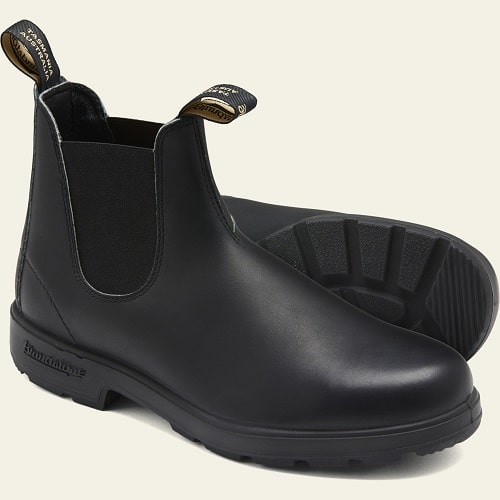Wayfarer vs. Aviator: Everything You Need To Know
The Ray-Ban brand has become synonymous with cool, casual, badassery the world over. Whether you choose to rock a classic style or one of the trendier versions, chances are you own or have owned at least one pair of Wayfarer or Aviator sunglasses in your life.
The Wayfarer frame has remained popular for decades for its style and universal wearability. The plastic, trapezoidal frames were immediately popular and have remained one of the most versatile and flattering sunglass styles and shapes for fashion people everywhere.
Aviator sunglasses also have a very distinctive design – the thin, metal frame with a double bridge and large teardrop-shaped lens covers the eye from unwanted sun and gazes. Seen balanced on the noses of film stars, 1970s glamazons, and many a celebrity over the years, these sunglasses have been an enduring accessory for decades.
Wayfarer

First introduced in 1956, Wayfarers are one of the styles that revolutionized the world of sunglasses. Originally created by Bausch & Lomb’s Ray-Ban brand by Raymond Stegeman, they were a way to move away from the traditional metal frames that were in fashion at the time.
In the 60s, John F. Kennedy and Audrey Hepburn wore Wayfarers which skyrocketed the sunglasses to immediate popularity. They took a backseat in the 70s when larger frames were all the rage.
In the 80s they reemerged in a prominent way when they were on the faces of Dan Akroyd and John Belushi in the movie The Blues Brothers. Akroyd’s character wore a squared-off, cat-eye frame that resembled the original patent. Belushi wore the tilted, more rounded style that is still on sale today. By the end of that year, 1981, Ray-Ban had sold 18,000 pairs of Wayfarers in both styles.
The company realized there was value in product placement so they invested $50,000 to showcase the Wayfarer sunglasses in movies and on TV. Before the end of the decade, the sunglasses appeared in more than 60 productions.






















